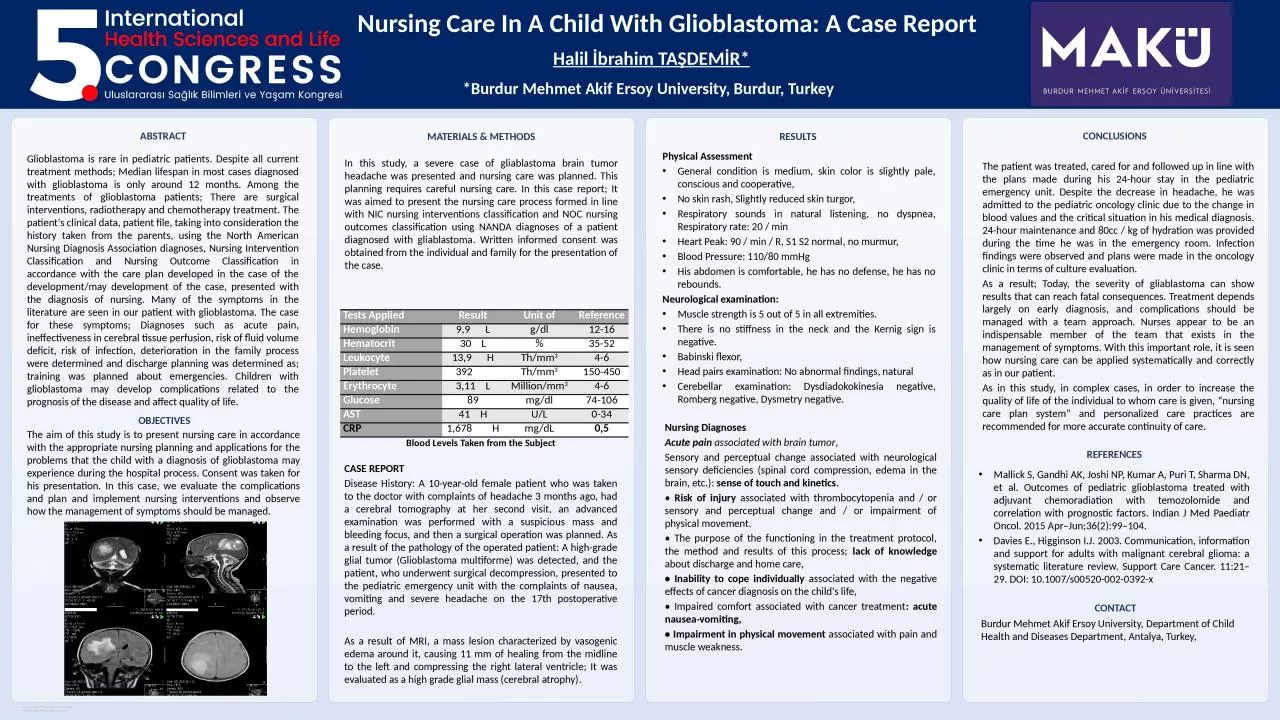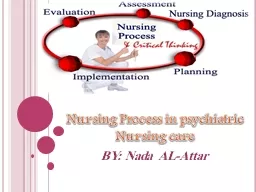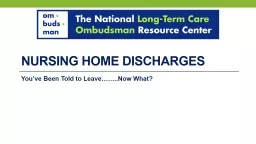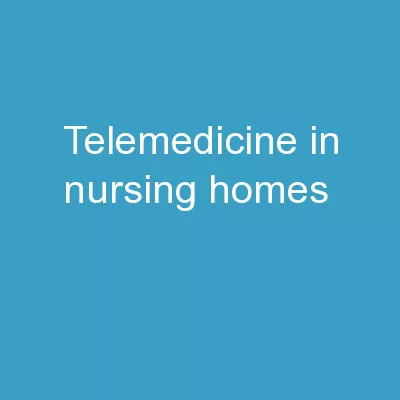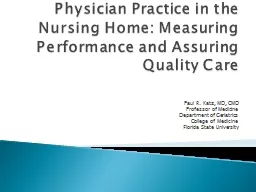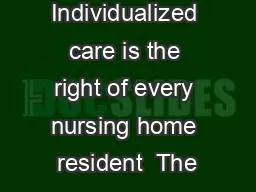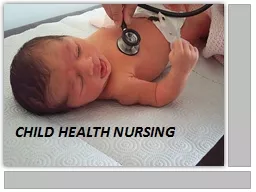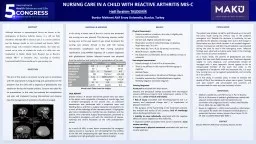PPT-Nursing Care In A Child
Author : Shadowlord | Published Date : 2022-08-04
With Glioblastoma A Case Report Halil İbrahim TAŞDEMİR Burdur Mehmet Akif Ersoy University Burdur Turkey ABSTRACT Glioblastoma is rare in pediatric patients
Presentation Embed Code
Download Presentation
Download Presentation The PPT/PDF document "Nursing Care In A Child" is the property of its rightful owner. Permission is granted to download and print the materials on this website for personal, non-commercial use only, and to display it on your personal computer provided you do not modify the materials and that you retain all copyright notices contained in the materials. By downloading content from our website, you accept the terms of this agreement.
Nursing Care In A Child: Transcript
Download Rules Of Document
"Nursing Care In A Child"The content belongs to its owner. You may download and print it for personal use, without modification, and keep all copyright notices. By downloading, you agree to these terms.
Related Documents

